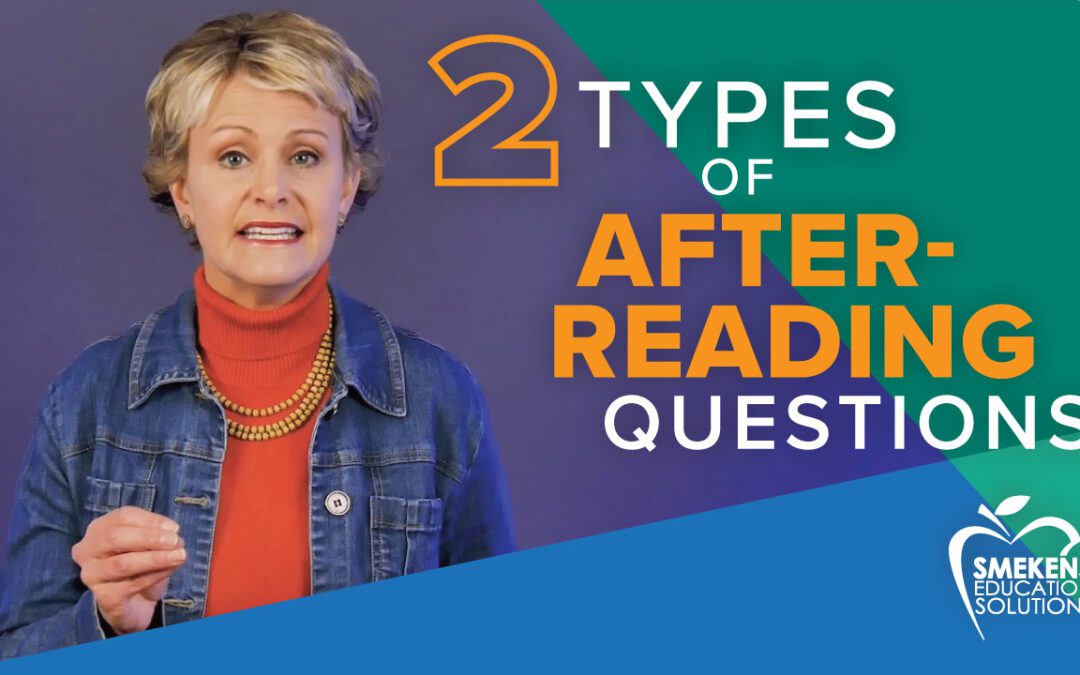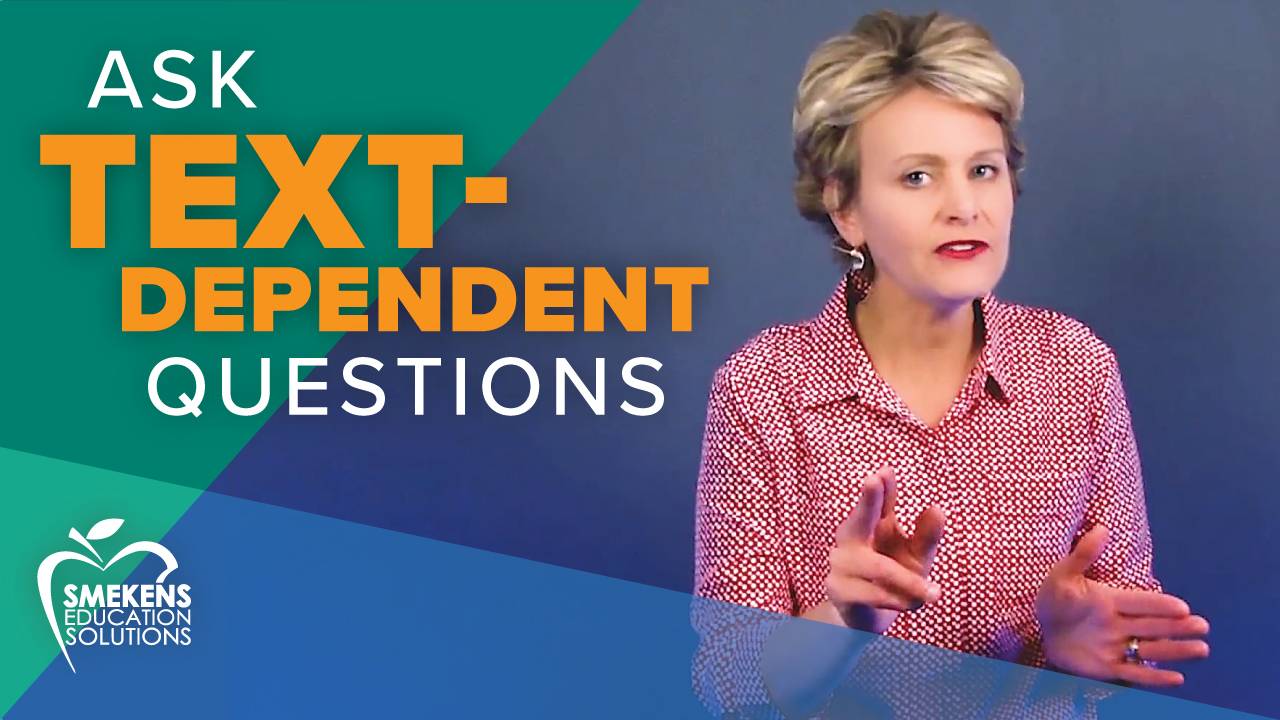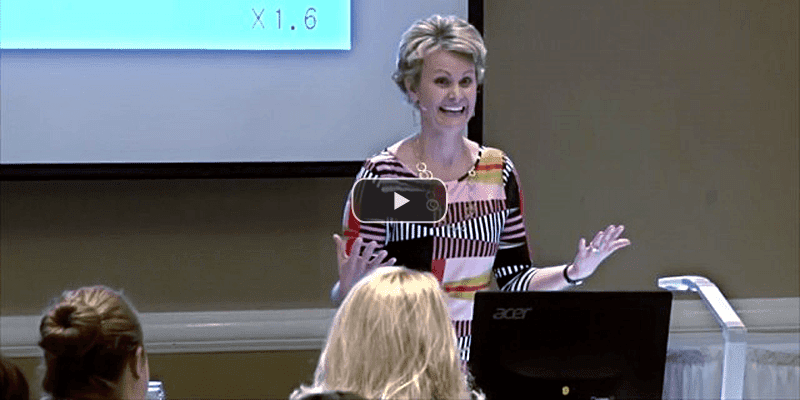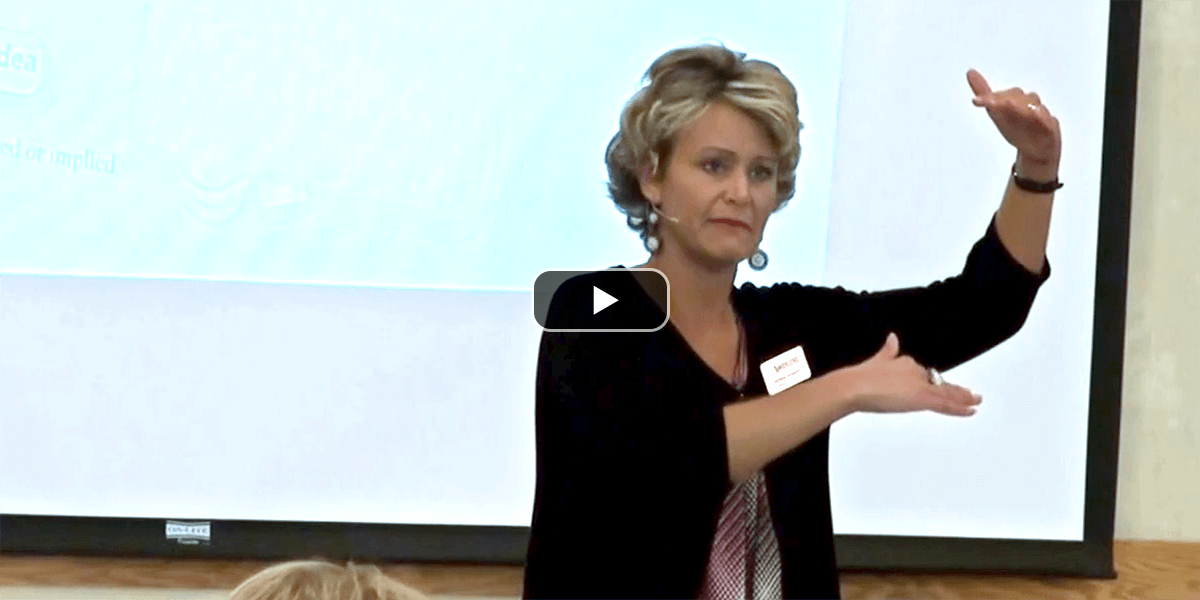Learning Center
reading
Ask two types of after-reading questions
january 25, 2022
There are two broad categories of after-reading questions that primary teachers should be asking regarding reading comprehension.
- Questions that ask about the details stated in the text.
- Questions that go beyond the details stated in the text.
Asking about the text includes recalling parts of a text, retelling an entire story, or summarizing the big ideas of informational text.
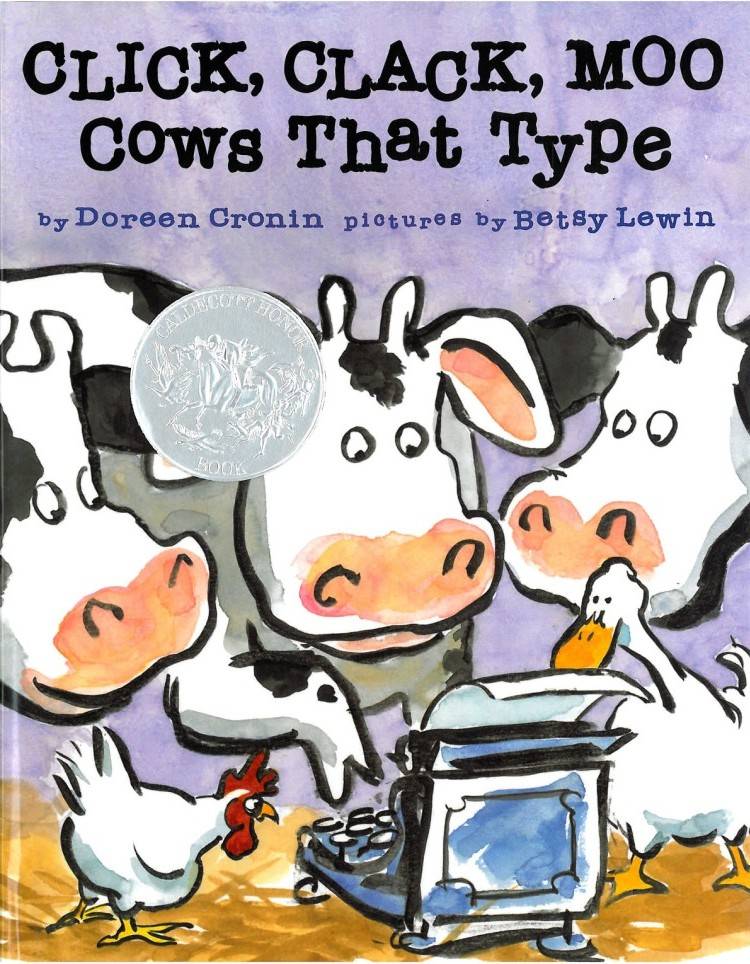 For example, a retelling of Click, Clack, Moo: Cows That Type might start with the farmer who couldn’t run his farm because the animals all wanted things in trade. In the middle, they went back and forth exchanging letters until they worked out a deal in the end.
For example, a retelling of Click, Clack, Moo: Cows That Type might start with the farmer who couldn’t run his farm because the animals all wanted things in trade. In the middle, they went back and forth exchanging letters until they worked out a deal in the end.
This is a simple retell. And this kind of thinking is necessary because it demonstrates the students’ general comprehension of the text’s ideas. Our questions must start with these details about the text.
But, we need to advance to the second type of after-reading comprehension question—questions that go beyond what the author stated in the text. That means we need to ask inferential questions.
Inferential questions have no one right answer. They include questions that are debatable and have multiple sides. For example, Who do you think was right—the farmer or the animals?
This second type of question causes young readers to use what they learned in the text to think beyond it. Inferential questions cause each student to draw or write his opinion and support it with textual evidence.
It’s these inferential questions that honor the rigor of the ELA standards, and it’s what today’s primary students will face on state and national assessments in a couple years.

